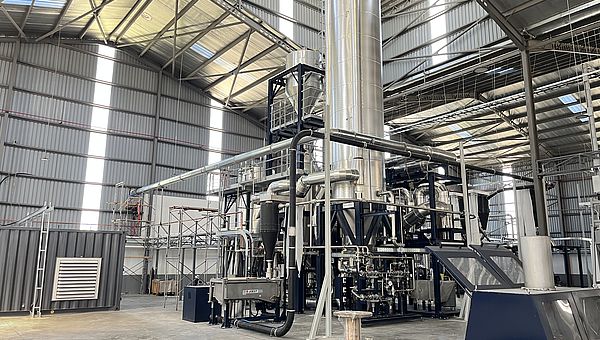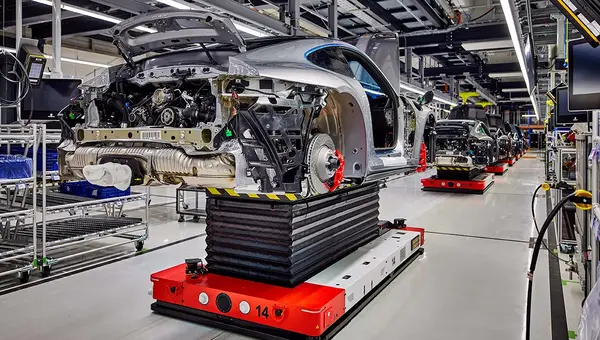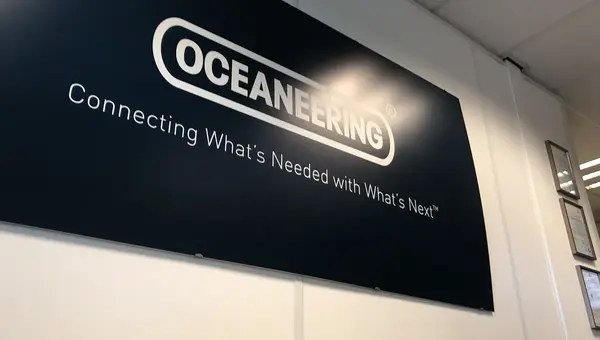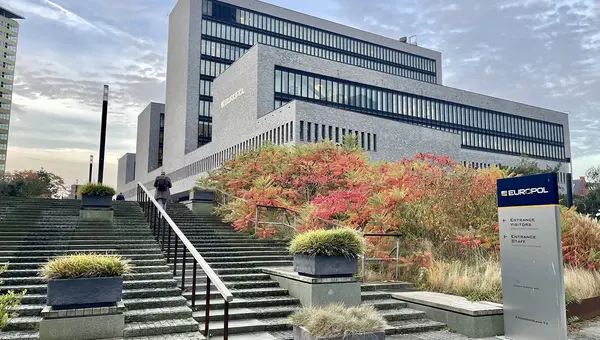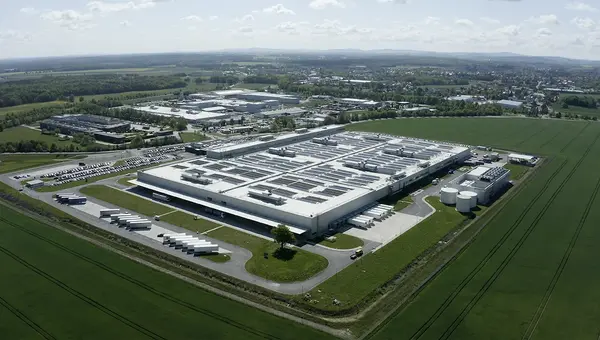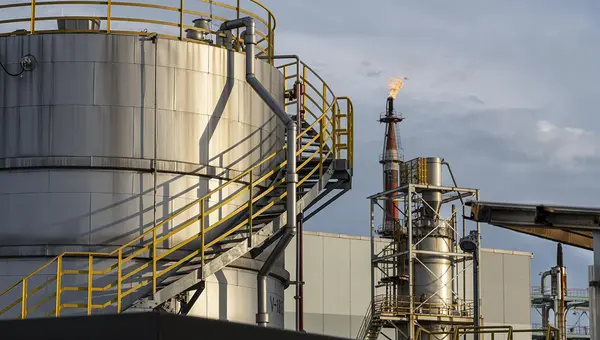A startup in the fruit and vegetable distribution sector had successfully secured significant investor funding to scale its operations. However, as demand increased, the company faced operational challenges that threatened its growth and reputation. Customer feedback highlighted frequent complaints regarding delayed deliveries, missing items, and product quality issues.
Additionally, poor inventory management led to stock losses and shrinkage, impacting profitability. Without immediate intervention, the business risked damaging customer trust and undermining its potential for expansion.
The Challenge
A leading fruit and vegetable distribution business was struggling to scale effectively amid growing customer demand. Despite operating a 24-hour schedule, the company faced persistent challenges in ensuring accurate and timely order fulfillment. Delivery delays and missing items were becoming increasingly common, while inventory shrinkage remained a significant concern. The company had collected a large volume of customer complaints, but lacked the tools and systems to translate this data into actionable insights.
Operations during the night shift, which ran from 7:00 PM to 5:00 AM, were particularly problematic due to minimal supervision. Managers were unable to account for discrepancies that arose during these hours, leading to unexplained stock losses and diminished accountability. Without clear visibility into where issues were occurring, the company risked compromising service levels and customer satisfaction at a time when market growth demanded operational excellence.
Our Approach
To address these issues, we implemented a structured, Lean-driven operational excellence program focused on reducing waste, improving inventory accuracy, and enhancing delivery performance. The first step involved developing a comprehensive understanding of the current operating environment. This included analyzing internal performance data, gathering feedback from frontline employees, and conducting interviews with key stakeholders. To validate these insights, we performed independent site visits during both day and night shifts, allowing us to observe operations firsthand and identify previously overlooked challenges.
Using this data, we built a value stream map to visualize the end-to-end order fulfillment process. This helped the team pinpoint where bottlenecks, delays, and inefficiencies were occurring—from order processing to inventory tracking and delivery execution. A detailed process audit was then conducted, which uncovered critical gaps in handling procedures, inconsistent order picking practices, and quality issues resulting from poor grading of produce. These findings were closely aligned with recurring themes in customer complaints, such as missing items, late deliveries, and substandard product quality.
With a clear understanding of the root causes, we moved to redesign the operational setup. Improvements were made to the warehouse layout to reduce the risk of contamination and improve sorting efficiency. At the same time, new order handling procedures were introduced to ensure that only well-graded, quality produce was dispatched. To address inventory management issues, we analyzed whether stock losses were directly tied to customer complaints. Interestingly, the analysis revealed that stock missing from customer orders was significantly lower—ten times less—than overall inventory losses recorded in the warehouse. This indicated that most shrinkage was occurring well before the delivery stage.
To close these gaps, we introduced a comprehensive inventory management framework. A real-time tracking system was deployed, enabling better visibility across the entire supply chain. This allowed the company to accurately monitor stock levels, reduce product misplacement, and avoid over-ordering. Simultaneously, we standardized processes across the picking, replenishment, and dispatch functions, which helped to eliminate inconsistencies and improve coordination between teams.
To sustain these improvements, we conducted on-site training to embed Lean principles into everyday operations. This not only helped the team adopt the new processes effectively but also empowered employees to take ownership of continuous improvement initiatives moving forward.
